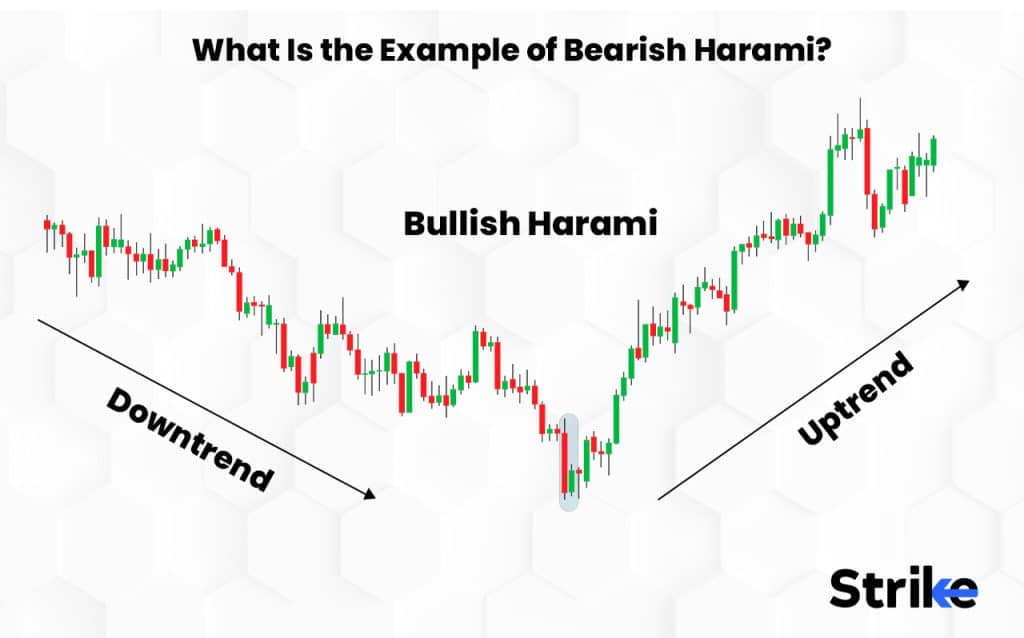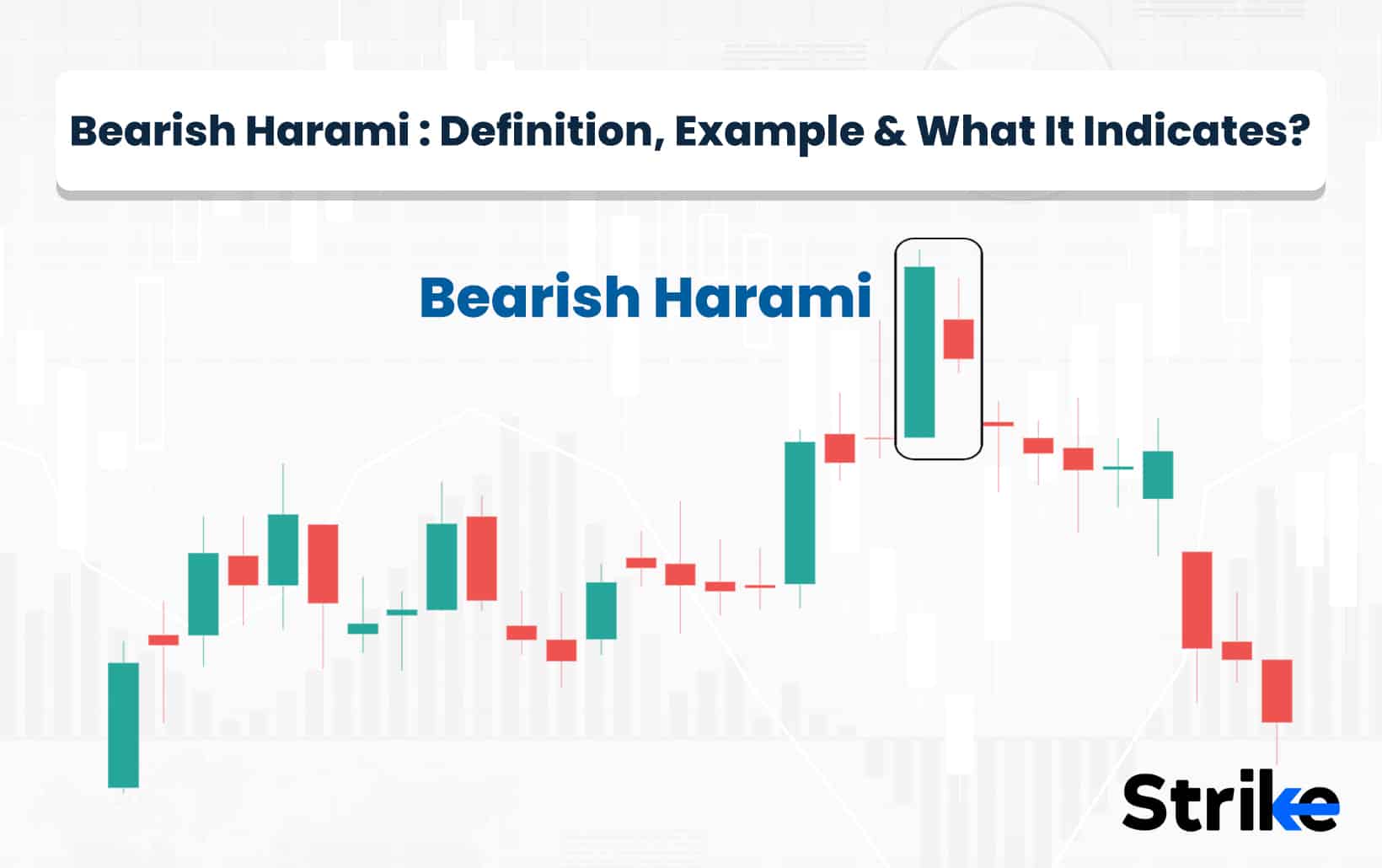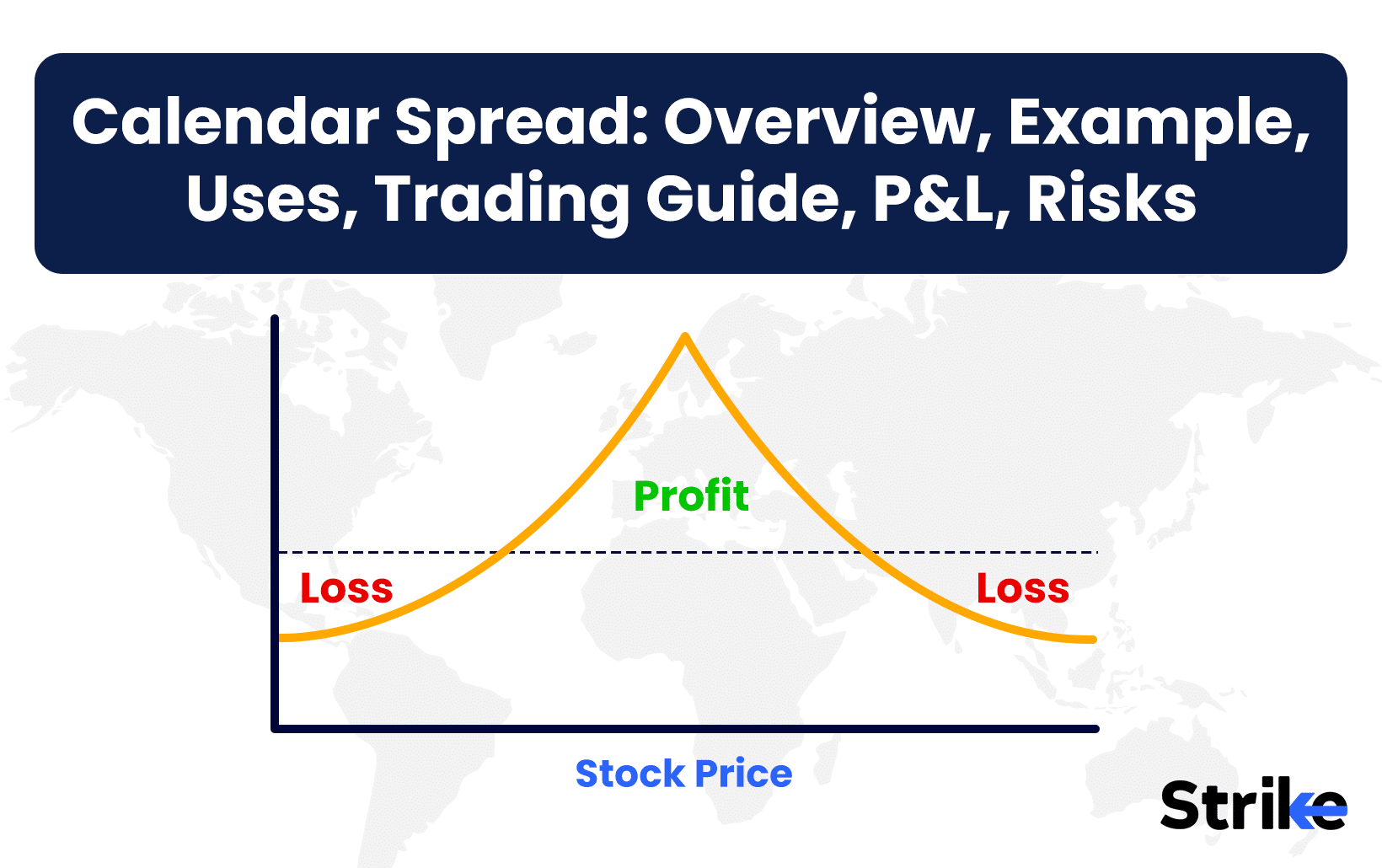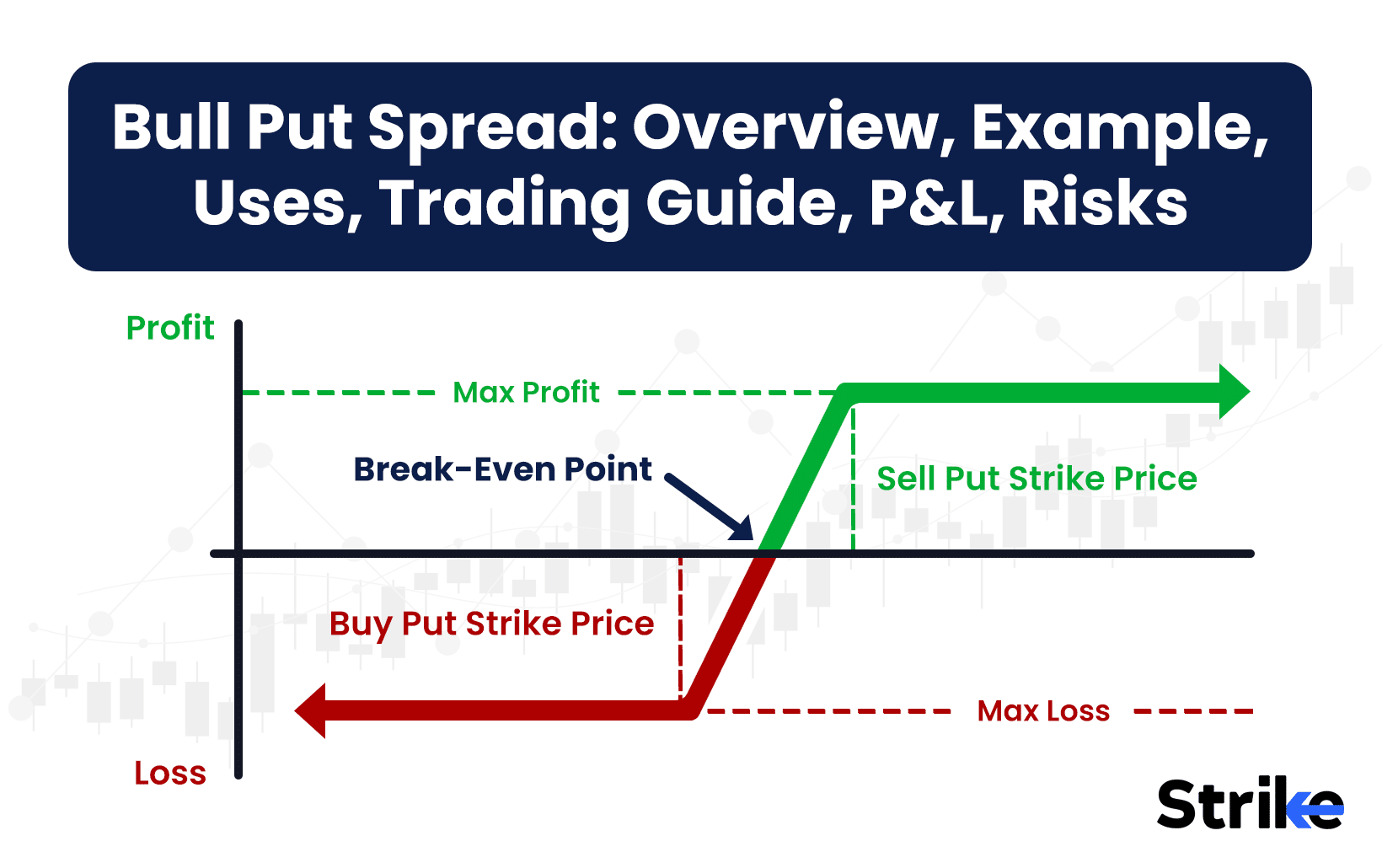A bearish harami is a two bar Japanese candlestick reversal pattern. A bearish harami candlestick pattern indicates a potential trend reversal from bullish to bearish. This pattern is generally formed at the top of the price chart. A bearish harami candlestick pattern includes 2 candles – A long-bodied green candle and a short red candle.
A bearish harami pattern is confirmed when both the high and low of the short red candle are engulfed by the preceding long green candle.
The image above shows an example of the bearish harami candlestick pattern. The highlighted part in the image shows the formation of the candlestick pattern. Remember, the shorter the red candle, the higher the chances of a potential reversal in the market.
The bearish harami pattern indicates that the buyers are losing their influence over the market and the sellers can potentially take over. Traders often confirm this pattern by using other technical tools.
What is Bearish Harami?
Bearish harami is a double candle pattern used in technical analysis. Bearish harami generally forms towards the end of a bullish rally and signals a potential reversal to the downside. This pattern is formed when the buyers are exhausted and the sellers are about to outnumber the buyers.
Traders usually prefer to book their long positions or build a new short position after seeing this pattern forming. The bearish harami pattern is not very effective by itself. This is why traders use additional technical tools like RSI (Relative Strength Index) and MACD (Moving Average Convergence Divergence) for further confirmation.
The word “Harami” means pregnant in Japanese. The harami candlestick pattern gets its name from the visual structure of the pattern. The short red candle is formed right within the long bodied green candle. Visually, this candle structure looks pregnant. This is why this pattern is called pregnant or “Harami”.
What is the Example of Bearish Harami?
Bearish harami candlestick patterns generally form at the top of a price chart. Following is one such example of the bearish harami candlestick pattern –

In the above picture, you can see a bearish harami right at the top of the chart after a bullish rally in the stock. Notice how the price has dropped significantly after the formation of the bearish harami pattern. Clear bearish is seen in the price after the formation of the bearish harami candlestick pattern.
Notice how a long green candle is preceding the short red candle. Most traders prefer taking a short trade or exiting their existing bullish position after the bearish harami candlestick pattern gets confirmed.
There are two major differences between the bullish and bearish harami candlestick pattern –
1) The bullish harami pattern is formed at the bottom of the chart. The bearish harami pattern is formed at the top of the price chart.
2) The bullish harami pattern indicates a potential reversal in the trend from bearish to bullish market. The bearish harami pattern indicates a potential reversal in the trend from bullish to bearish market.
What Does Bearish Harami Indicate?
The bearish harami candlestick pattern indicates a potential trend shift in the markets from bullish to bearish. Bearish harami pattern also indicates that the buyers are losing momentum and the sellers can potentially take over.
This is characterized by 2 candles. The first being a long bodied green candle followed by a short red candle. This double candle structure forms when the market is exhausted and soon turn towards the downside.
Traders prefer booking their long positions or taking a short position after seeing a bearish harami pattern forming in the stock. One must also note that this pattern is not that effective and can also give false trading signals.
Traders prefer using additional technical tools like RSI (Relative Strength Index) and MACD for enhancing the effectiveness of this candlestick pattern.
What are the key characteristics of the Bearish Harami pattern?
The bearish harami candlestick pattern mainly has 5 key characteristics. The characteristics of the bearish harami pattern makes it easier for traders to spot this pattern on the price chart. This popular candlestick pattern acts as a warning sign for traders to be aware of the potential selling pressure rising in the market.
Here are 5 of the Key characteristics of the bearish harami candlestick pattern –
- The bearish harami candlestick pattern is formed by 2 candles. The first candle is a long bodied green candle which is followed by a short body red candle.
- The bearish harami pattern is formed at the top of the price chart. It forms when the buyers are exhausted and the sellers are outweighing them. Generally, this pattern forms towards the end of a bullish rally in a stock.
- The short red candle after a strong green candle indicates that the buyers are losing their influence over the market and the markets could potentially go downwards from this point.
- Traders read this pattern as a potential trend reversal sign in the stock.
- Traders use this candlestick pattern as a sign for booking their bullish positions or to execute new short positions into the market.
The bearish harami candlestick pattern can give traders an early sign of the potential reversal in a stock. But traders should confirm these signals with the help of additional technical tools to increase the probability rate of their analysis.
How does the Bearish Harami pattern help traders find entry and exit?
The bearish harami candlestick pattern can help traders in finding good entries as well as good exits in the stock market. The bearish harami pattern indicates a potential reversal in the market whenever it is formed. Traders can find good trading opportunities to short the market using this pattern. They can take a short position when the bearish harami pattern is confirmed with the help of other technical tools such as RSI and MACD.
The bearish harami candlestick pattern can also help traders in exiting the market at a good level. For example, a trader carrying a bullish position confirms a bearish harami pattern means they can start booking his profits as the pattern unfolds.
What are the limitations of the Bearish Harami pattern?
The bearish harami candlestick pattern has limitations similar to all other technical indicators. The bearish harami pattern mainly has 3 limitations that can potentially create trouble for the trader if they are ignored. Here are the 3 main limitations of the bearish harami candlestick pattern –
- Inaccurate signals –
Similar to all other technical indicators, the bearish harami pattern is not accurate 100% of the time and can generate false trading signals. To deal with this issue, traders prefer to use additional technical tools to further confirm the probability of a potential trend reversal in the market.
- Gives importance to 2 candles only –
The bearish harami pattern is a double-candle pattern which only gives importance to 2 candles. This candlestick pattern fails to analyze the overall trend of the market. This is why, traders should avoid relying solely on this pattern and start using this pattern with conjunction of other trading strategies.
- Effectiveness –
Bearish harami pattern’s effectiveness as a solo technical tool is low compared to other technical indicators. As a result, traders prefer using additional technical tools to increase the effectiveness of their analysis.
The bearish harami pattern can provide a trader with an early sign of a potential reversal in the market but a trader relying solely on this pattern can end up making false trading decisions. This is why it is important to use this pattern with other additional technical tools.
What Is the Psychological Explanation of Bearish Harami?
The psychological explanation behind the bearish harami pattern is understood by thinking like market participants. The psychology of the bearish harami is understood by analyzing the candles involved in this pattern.
The first long bodied green candle of this pattern shows the strength of the buyers. Till this moment, it looks like the buyers can take the price even higher. But the following short red candle shows that the buyers are exhausted and sellers can potentially take over the market.
The red short candle also indicates that the buyers are unable to push the price higher and there is a potential trend shift in the market.
After the formation of this pattern, traders holding bullish positions notice the decreasing influence of buyers and start exiting from their positions. While the sellers can also notice that the market is exhausted after a long rally. They start selling the market which drives the prices lower. This is why the market tends to drop right after forming a bearish harami candlestick pattern.
What is the Bearish Harami Strategy?
The bearish harami strategy is said to be executed when a trader takes a short position in the market right after seeing the formation of the bearish harami candlestick pattern. The bearish harami strategy can be executed by following 4 simple steps –
- Recognising the pattern –
A trader should be able to identify the bearish harami candlestick pattern on the price chart properly. A trader should be aware of the rules of this pattern and should only give importance to the bearish harami pattern forming at the top towards the end of a bullish rally.
- Confirmation of the pattern –
A trader should confirm the bearish harami candlestick pattern by checking whether it has formed in accordance with the existing rules of the pattern or not. A trader can further confirm this pattern by using additional technical tools.
- Executing the trade –
A trader must short the trade after confirming the formation of the bearish harami pattern. A trader can use additional technical tools like RSI and MACD to further analyze the current situation of the market.
- Setting up a stop loss –
Setting up a stop loss is a must for every trader. Traders usually prefer to set up their stop losses just right above the high of the long bodied green candle.
The 4 simple steps mentioned above ensures a safe execution and management of the trade .A trader trading the bearish harami candlestick pattern can make a really effective trading strategy with the help of additional trading tools.
How Accurate Is the Bearish Harami Pattern?
The accuracy of the bearish harami candlestick pattern is subjective. The accuracy of the bearish harami pattern depends on many factors like the current market situation, additional technical tools being used, etc.
The stock market is an ever-changing phenomenon and each moment in the market is unique. This is why coming up with a specific accuracy rate for any technical tool is difficult and subjective.
What Is the Success Rate of Bearish Harami?
The success rate of bearish harami candlestick pattern is subjective and difficult to find out. The success rate of bearish harami pattern depends on many factors like the current market situation, the ability of a trader to execute orders, the additional technical tools being used, etc. This is why it is hard to decide a specific success ratio of the bearish harami candlestick pattern.
Why Are Volume and Movement Important for Bearish Harami?
Volume and movement are important when it comes to bearish harami patterns because they act as an additional confirmation for the traders. A huge volume spike at the time of the formation of bearish harami patterns could provide an additional confirmation for a trader looking to short the market.
Similarly, a strong and sharp reversal increases the confidence of the participants that are carrying a short position in the market.
What are the Different Types of Candlestick patterns aside from Bearish Harami?
There are numerous candlestick patterns aside from bearish harami. Here are 3 of the most powerful types of candlestick patterns aside from the bearish harami –
- Engulfing candlestick pattern –
An engulfing candlestick pattern forms when a small candle is followed by a long strong candle which completely covers the previous candle high and low. This candlestick pattern is perceived to be one of the strongest candlestick patterns. The two types of engulfing pattern are –
A) Bullish engulfing candlestick pattern –
The bullish engulfing pattern is considered to be one of the strongest bullish candlestick patterns. It forms when a strong long bodied green candle engulfs its preceding short red candle completely.
B) Bearish engulfing candlestick pattern –
The bearish engulfing candlestick pattern forms when a strong long bodied red candle engulfs its preceding short green candle completely.
- Doji candlestick pattern –
A Doji candlestick pattern forms when the price opens and closes at a similar level. A Doji pattern has a very small body or no body at all. It can form at the top as well as in the bottom of the price chart. Doji’s are formed when there is an indecision between the market participants.
There are mainly 4 types of doji’s –
A) Dragonfly doji –
A dragonfly doji forms when the price opens and closes at the upper end of the candle. This leaves the doji with no wick on the upper side and a long wick on the lower side.
B) Gravestone doji –
A gravestone doji forms when the price opens and closes at the lower end of the candle. this leaves the doji with no wick on the lower side and a long wick on the upper side.
C) Long-legged doji –
A long-legged doji forms when the price opens and closes at the same level. This leaves the doji with long wicks on both of its sides.
D) Four price doji –
A four price doji forms when the open, close, high and low are the same. This leaves the doji with no wick and body on either of its sides.
- Hammer candlestick pattern –
A hammer candlestick pattern is a reversal candlestick pattern. Hammer pattern is named after its shape which looks similar to an actual hammer. A hammer forms when a candlestick has a very small body and a long upper or lower wick depending on the market trend.
Hammer candlestick pattern is of two types –
A) Bullish hammer candlestick pattern –
A bullish hammer candlestick pattern indicates a potential bullish reversal in the market. This pattern is called a hammer because it looks like a real life hammer.
B) Bearish hammer candlestick pattern –
A bearish hammer candlestick pattern indicates a potential bearish reversal in the market. This pattern forms at the top of the price chart.
There are different types of candlestick patterns, these candlestick patterns are some of the most effective patterns among all others. But still, it is recommended that rather than using them as a sole indicator, traders should use them with conjunction of other technical tools for analyzing the markets more effectively.
What Did Warren Buffet Do During a Bear Market?
The legendary investor Warren Buffet has always followed a similar investment strategy in every bear market. Here are 3 things which the legendary investor Warren Buffet follows during a bear market –
- Looking for value in the market –
Warren Buffet has always been a value investor throughout his investment career. Buffet looks for companies having good fundamentals that are trading at a discount. He knows that a bear market is the perfect time to grab opportunities like this.
- Keeping a long-term view –
Warren Buffet has maintained a long-term view when it comes to his investments. Keeping a long-term view helps an investor in looking at the bigger picture and saves him/her from panic selling at the time of a bear market.
- Keeping a reserve –
Warren buffet has always maintained a huge cash reserve for quick opportunities of investment. Having cash during a bear market allows you to buy stocks at a discounted price.
Buffet’s strategies are always simple and easy to understand. But most of the people fail while following them because they lack patience. Warren buffet has made money in the bear market also because he followed his plan and remained patient.
Should You Buy When It is Bearish?
Yes, you should buy even when the markets are bearish. You should buy in the bearish market because it has been observed that the stock market has always gone up historically. You also gain the benefit of buying quality stocks at really cheap prices.
What is the Difference between Bearish Harami and Bullish Harami?
There are 3 major differences between bearish harami and bullish harami. Bullish and bearish harami are both trend reversal candlestick patterns but they are both completely opposites of each other. Here are 3 of the major differences between bullish and bearish harami candlestick pattern –
- The bullish harami pattern forms at the bottom of the price chart while the bearish harami pattern forms at the top of the price chart.
- The bullish harami pattern indicates a potential reversal from bearish to bullish market while the bearish harami pattern indicates a potential reversal from bullish to bearish market.
- The bullish harami pattern forms when a long bodied red candle is followed by a short bodied green candle which forms under the first candle. On the other hand, the bearish harami pattern forms when a long bodied green candle is followed by a short bodied red candle which forms under the first candle.
Both bullish harami and bearish harami candlestick patterns are used for identifying the potential trend reversals in the market. While both of them can be helpful to traders as they give early signs of reversals, they are not that effective as a sole indicator. Traders should always remember to have additional confirmations when trading with these candlestick patterns.






 Previous Article
Previous Article






No Comments Yet